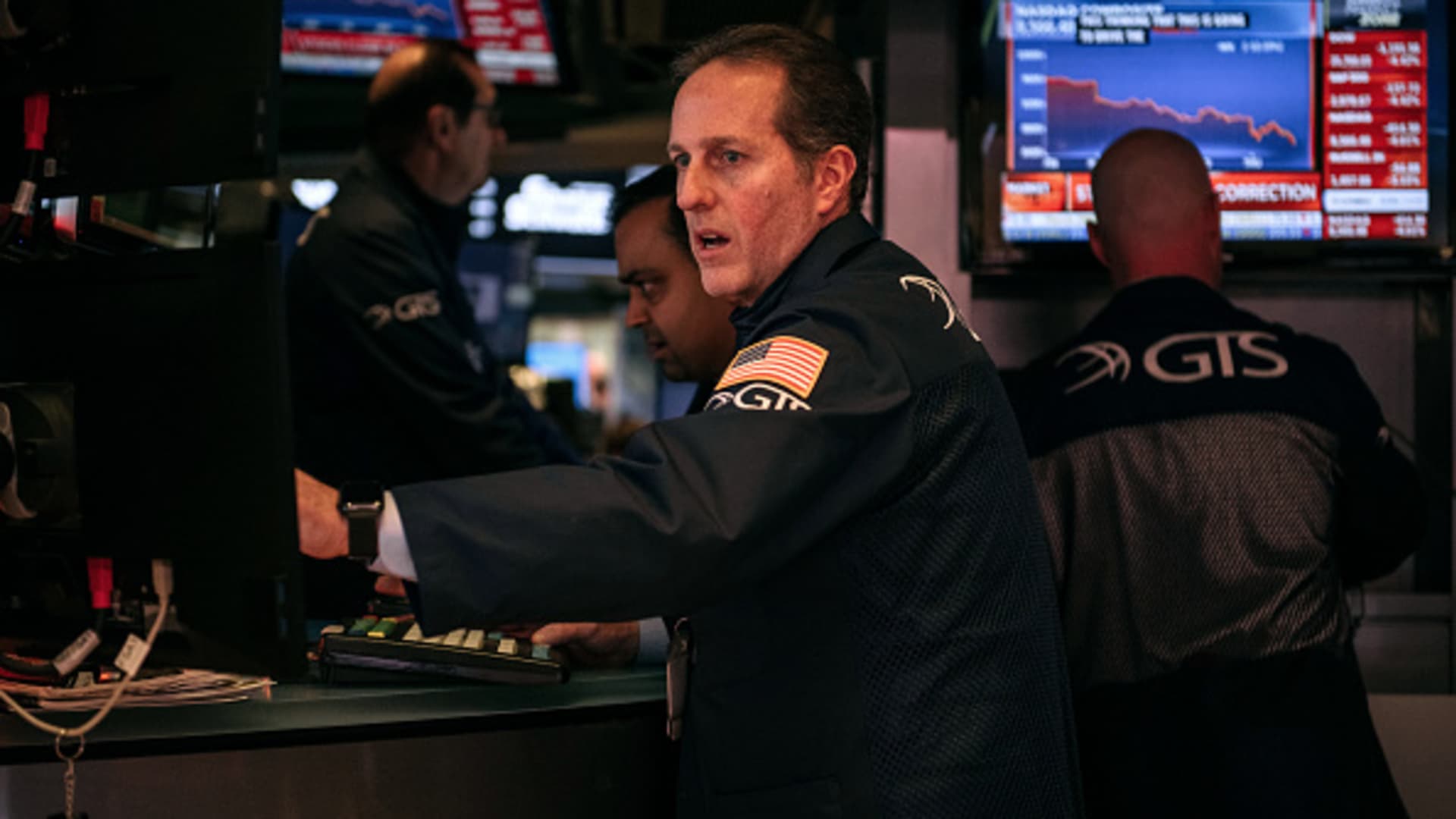Fed’s Bostic says more than 3 hikes possible this year, but needs to see how economy responds

Raphael Bostic, president and chief executive officer of the Federal Reserve Bank of Atlanta.
Christopher Dilts | Bloomberg | Getty Images
Atlanta Federal Reserve President Raphael Bostic said Wednesday he anticipates hiking interest rates three or four times this year, but he stressed that the central bank isn’t locked into a specific plan.
Speaking on CNBC’s “Squawk Box,” the policymaker signaled a view that is less aggressive than the market’s on rates.
“In terms of hikes for the interest rates, right now I have three forecast for this year,” he said. “I’m leaning a little towards four, but we’re going to have to see how the economy responds as we take our first steps through the first part of this year.”
Market pricing current is anticipating at least five and possibly six hikes of 0.25 percentage points each. Bank of America recently forecast seven moves as the central bank fights inflation running at its highest level in nearly 40 years.
In a recent interview with the Financial Times, Bostic garnered some attention when he said the first move might have to be 0.5 percentage points, or 50 basis points. The Fed has signaled that it likely will enact its first rate hike in more than three years at its March meeting.
Bostic did not commit in his CNBC interview to moving that quickly.
“For me, I’m thinking very much of a 25-basis-point perspective,” he said. “But I want everyone to understand that every option is on the table, and I don’t want people to have the view that we’re locked into a particular trajectory in terms of how our rates have to move over time. We’re really going to let the data show us to what extent a 50 basis point or 25 basis point move is appropriate.”
His comments come the day before the Labor Department will release its latest inflation reading as gauged by January’s consumer price index. Economists surveyed by Dow Jones expect the 12-month pace to run at 7.2%, which would be the fastest since early 1982.
However, Bostic said he’s more concerned with the monthly acceleration, which is projected at 0.4%, or slightly slower than December.
If the monthly rate can continue to moderate, that would be a signal that inflation is coming under control and the Fed won’t have to be as hawkish.
He does, though, think the Fed can start pulling back on its easy policy. Along with cutting its benchmark short-term borrowing rate to near-zero, the central has been buying billions of bonds each month, an operation that has ballooned its total asset holdings to just shy of $9 trillion.
Markets widely expect the Fed to allow proceeds from those holdings to start running off soon, with the only question being how much the balance sheet will shrink. Bostic said he thinks the early stages can be aggressive.
“The first part of the reduction I think we can do pretty significantly,” he said. “I think that we should really be looking into ways to remove that excess liquidity that the market has shown us exists so that we can then get into decisions about what the use of the balance sheet should look like in terms of a menu of tightening our policy.”
Bostic added that he remains positive on growth through the year and doesn’t think the Fed will have to deploy measures to slow the economy.




